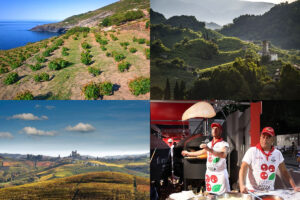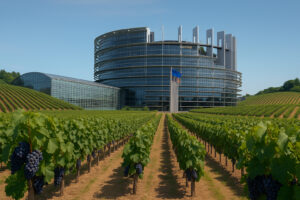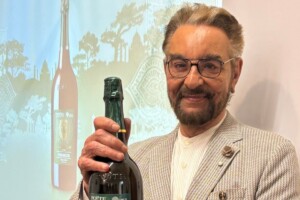DNA analysis will authenticate the contents of a bottle of wine on the market. The Alcohol & Tobacco Tax & Trade Bureau, the U.S.A. agency that regulates accessibility of alcoholic beverages in the United States, in partnership with Serge-genomics, a spin-off of the University of Siena, after the experimental results of a working project started in 2009, will now proceed to the actual implementation phase of the methodology.
The goal is to improve the authentication of varietal wines traded on the U.S. market, using wine analysis based on DNA as the reference method. In other words, it will be the main analytical control in cases of doubt about the true nature of not only mono-varietal wines but also of products derived from grape blends. Evidently, the TTB now considers genetic analysis decisive and the classical chemical methods are no longer sufficient to solve controversial cases.
“Our lab has always believed in DNA recognition for varietal wine,” says Dr. Rita Vignani, general manager of Serge-genomics,” and the TTB decision confirms the validity of our project”. Still, not everyone fully believes in the efficacy of this method. Fulvio Mattivi of the Institute of San Michele all’Adige says that DNA analysis “merely provides information on the origin of the raw material and is extremely useful for varietal identification”, while Professor Attilio Scienza of the University Milan, one of the leading experts in viticulture, is more cautious: “DNA analysis of the wine has not yet been completely demonstrated. The Italian Ministry of Agriculture and the OIV (international organization of vines and wine) have not yet officially recognized the method. It is legitimate that the American TTB wants to adopt it, but in scientific research steps are slower and must be substantiated by other laboratories, first of all, indicating the reproducibility of the method. Up until now I have not seen any scientific literature that has demonstrated its validity”.
Copyright © 2000/2025
Contatti: info@winenews.it
Seguici anche su Twitter: @WineNewsIt
Seguici anche su Facebook: @winenewsit
Questo articolo è tratto dall'archivio di WineNews - Tutti i diritti riservati - Copyright © 2000/2025








































































































































































































